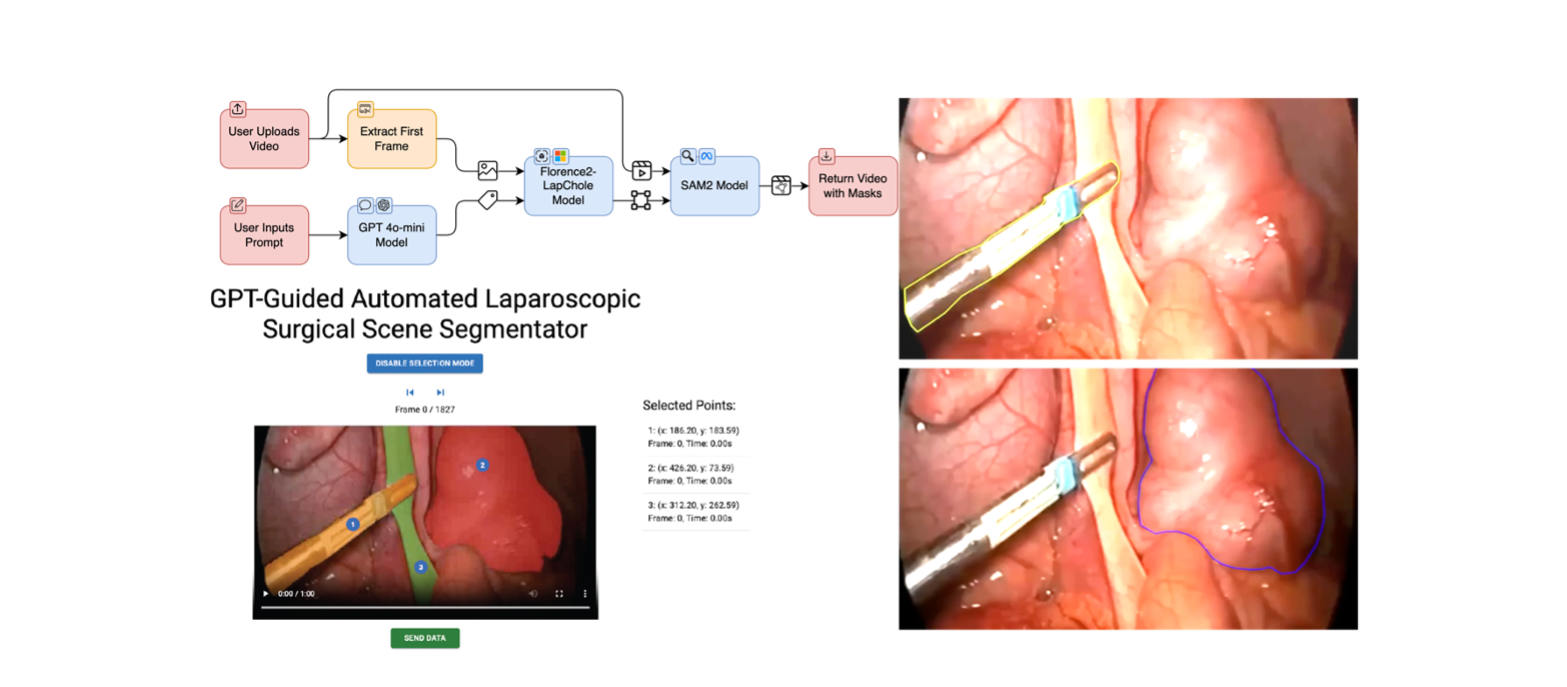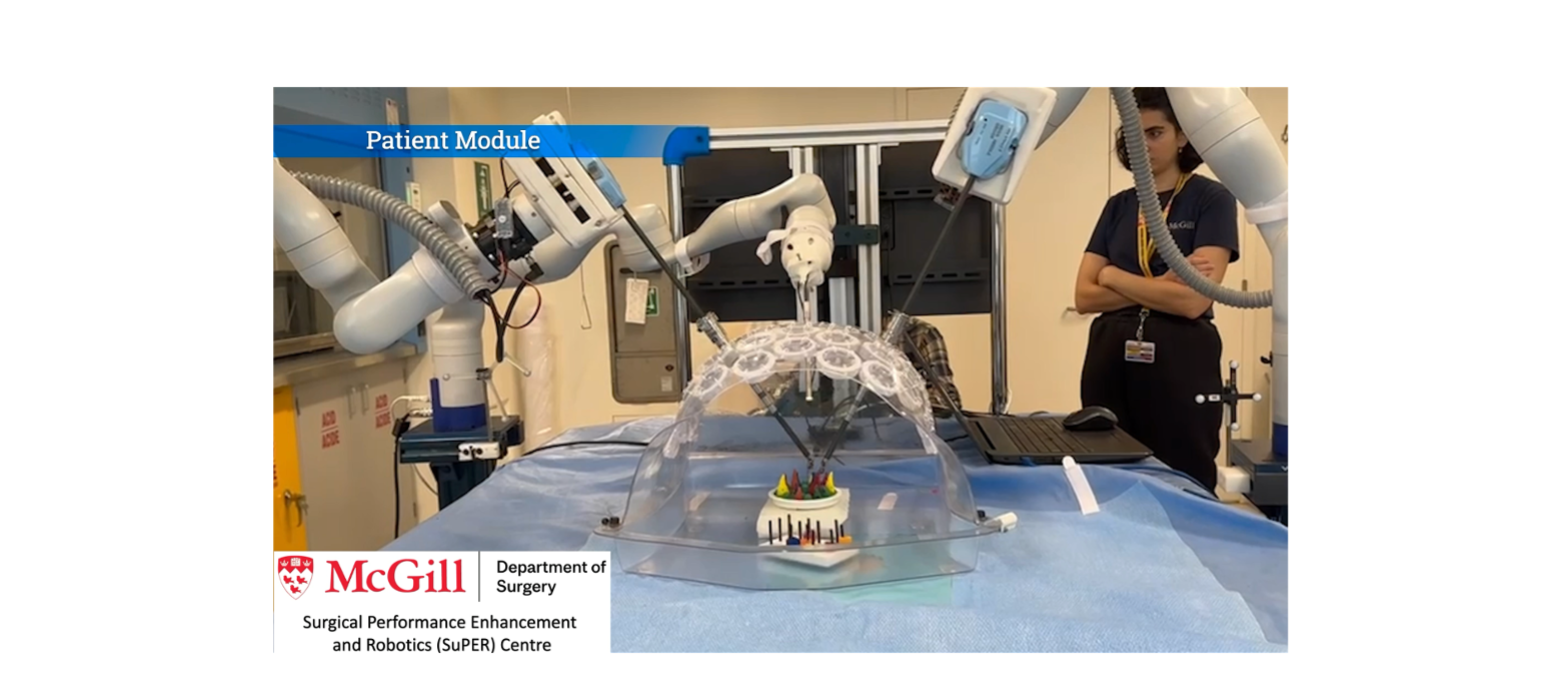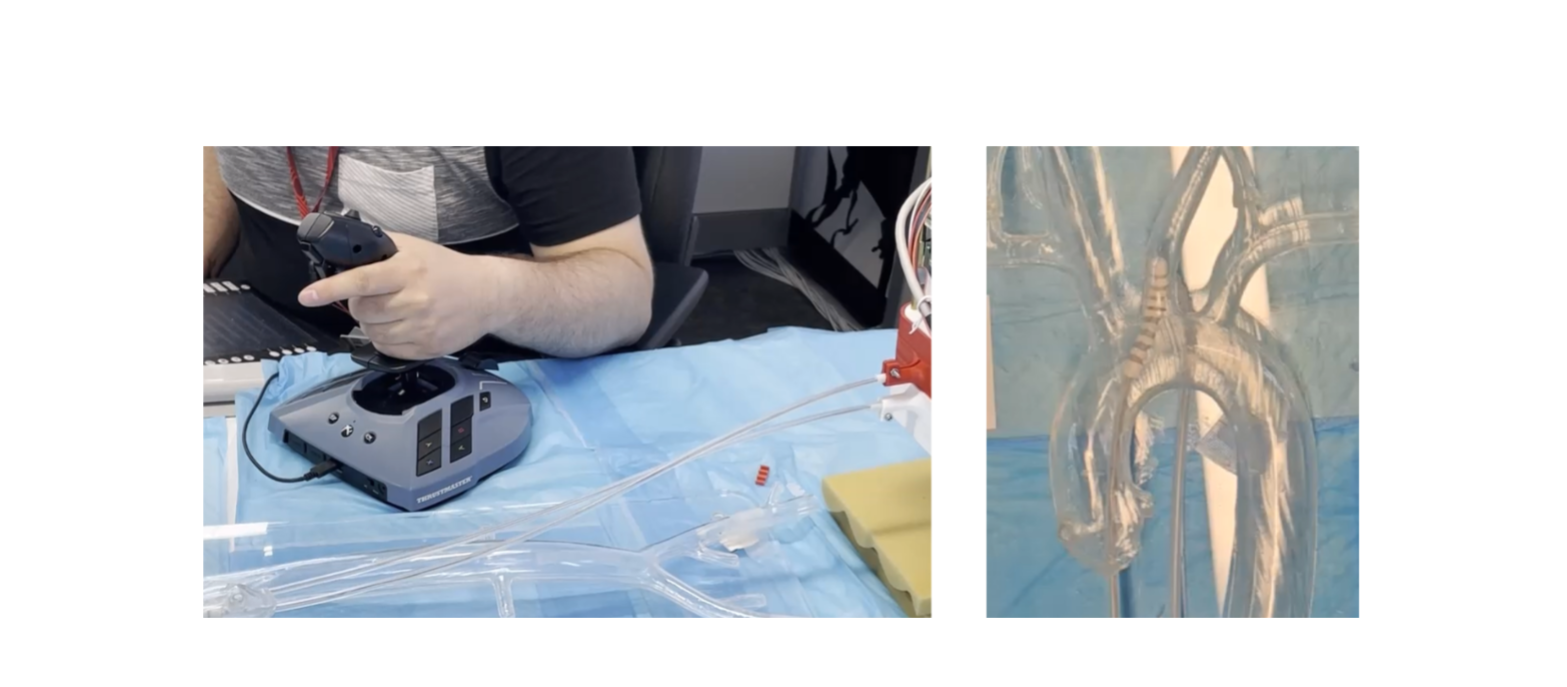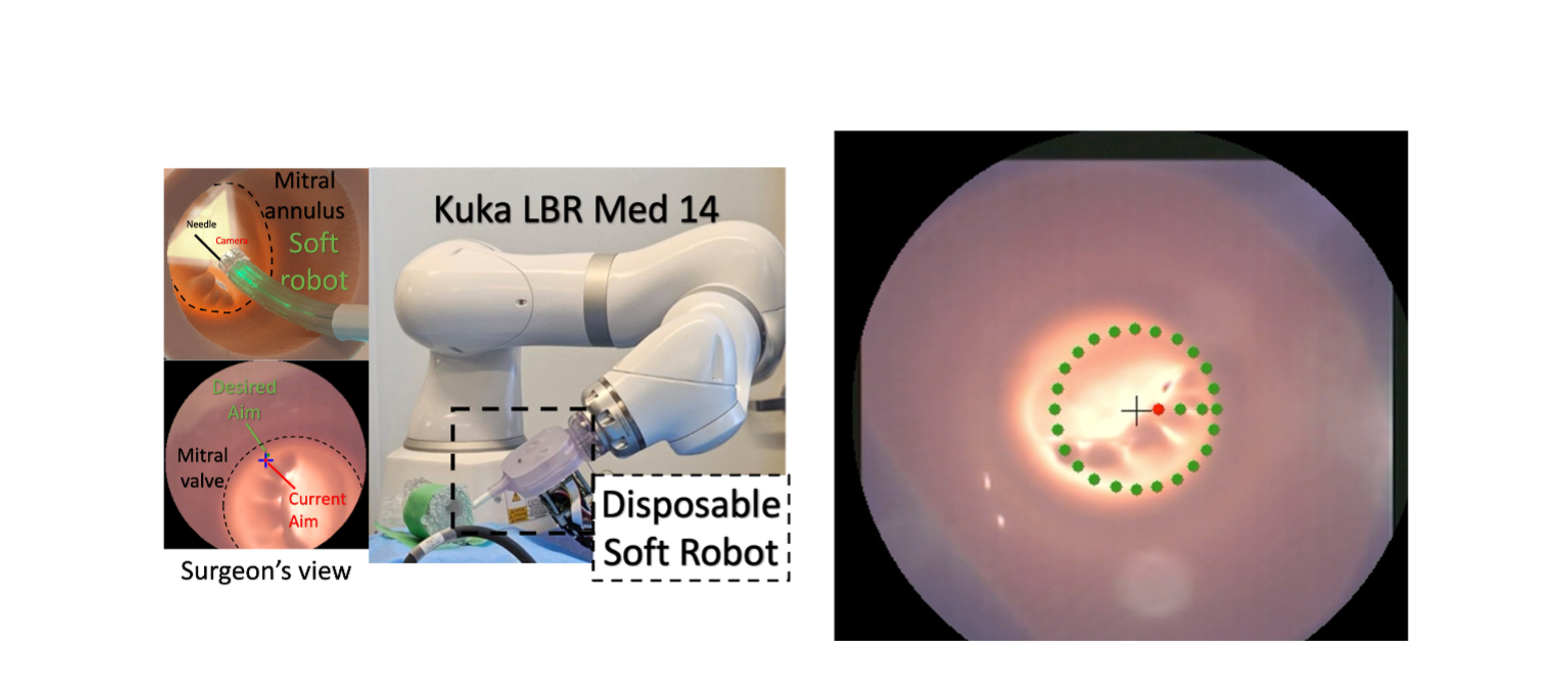






OUR STORY
VISION
Pioneering surgical innovation through engineering excellence.
The SuPER’s vision is to be a leading center of excellence in North America for translational research at the intersection of artificial intelligence, robotics, and surgery. By establishing a global network of collaborators spanning AI science, engineering, surgical practice, academia, and industry, the Centre is committed to shaping the future of surgery.
RESEARCH IMPACT
Surgical Robotics and AI for the Future of Surgery

Research Focus
Our research in surgical performance focuses on developing tools and methodologies to objectively assess and enhance the quality of surgical procedures. By analyzing intraoperative data, video recordings, and physiological metrics, we aim to identify performance gaps, provide real-time feedback, and establish benchmarks for surgical excellence. This work supports the creation of training programs, decision-support systems, and outcome prediction models to improve patient safety, reduce complications, and promote continuous professional development among surgeons.
We investigate the next generation of robotic systems that are transforming interventional medicine. Our focus includes the development of soft and rigid robotic platforms for minimally invasive procedures, advanced control strategies for teleoperation and autonomy, and the integration of real-time feedback from imaging and sensing modalities. By enabling greater precision, flexibility, and control, these robotic systems enhance surgeon capabilities and expand the range of procedures that can be performed with minimal trauma and faster recovery times.
This research area centers on augmenting surgical decision-making through real-time image analysis, machine learning, and computer vision. We design intelligent systems that process data from modalities such as MRI, CT, ultrasound, and intraoperative video to guide interventions with high spatial accuracy. By overlaying critical anatomical structures and predictive models onto the surgical field, we aim to reduce uncertainty, improve targeting, and enhance the surgeon’s situational awareness—ultimately leading to safer, more effective procedures.